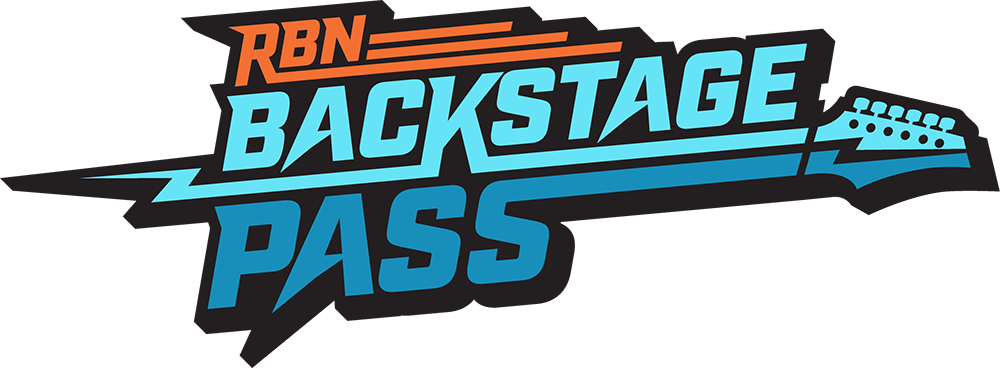Like an aging pop star, price benchmarks have to re-invent themselves from time to time to maintain their status. The Dated Brent marker –– as much a survivor as Cher, still going strong at 76 –– has had successes and setbacks in the past and will undergo yet another transformation by June 2023, courtesy of price reporting agency Platts. You definitely need to pay attention to this change, because Dated Brent is used as a pricing reference not only for several crude oil streams sold around the world, but also for other commodities such as LNG, fuel oil and other refined products and petrochemicals — oh, and financial derivatives too. Also, the latest version of the price marker will include an adjusted price for the U.S.’s prolific West Texas Intermediate (WTI). In today’s RBN blog, we discuss the details and implications of Dated Brent’s latest makeover for traders, refiners and other market participants.
According to Wikipedia, Cher’s career has gone through 13 phases (so far!), beginning with her initial solo breakthrough (with Sonny Bono as her producer) in the early 1960s through her more recent success with Dancing Queen, a hit album in which she covers a slew of ABBA songs. Dated Brent doesn’t have Cher’s longevity (it was created in the 1980s) or as many #1 hits (for Cher, at least one every decade from the ’60s through the 2010s), but it has undergone a significant number of re-dos to help ensure its center-stage role in global energy markets. And don’t question its star status — according to some estimates, Dated Brent is used as a reference for as much as 60% of the world’s crude oil spot or contract transactions.
Ironically, over the last 20 years or so, calculating the Dated Brent price has been one of the most challenging endeavors of the energy industry. That’s because, as the years have worn on, the markets evolved and the older fields producing crude included in the Brent basket have declined, the assessment has also evolved to ensure it’s an accurate representation of the Brent market. We’ve previously published two comprehensive blogs on the subject. The first, titled Wake Up!, fleshed out how the lack of liquidity due to declining Brent production forced price reporting agencies to lengthen the time-frame for price reporting and to include production from other areas. In 2002, after years of declining production in the Brent field in the North Sea between Scotland and Norway, crude oil grades representing nearby Forties and Oseberg production were added, as were Ekofisk and Troll grades in 2007 and 2017, respectively. The second blog, titled Lift Me Up!, explained the elements of the entire “Brent Complex,” which is an intricate pricing system that includes not only spot transactions, but also Forward Brent and Brent Futures, all of them woven together via Contracts for Differences, Dated to Frontlines and Exchange for Physicals. All of the changes to Dated Brent were made after consulting with the market at large and the same has been happening in the latest go-round.
Join Backstage Pass to Read Full Article








